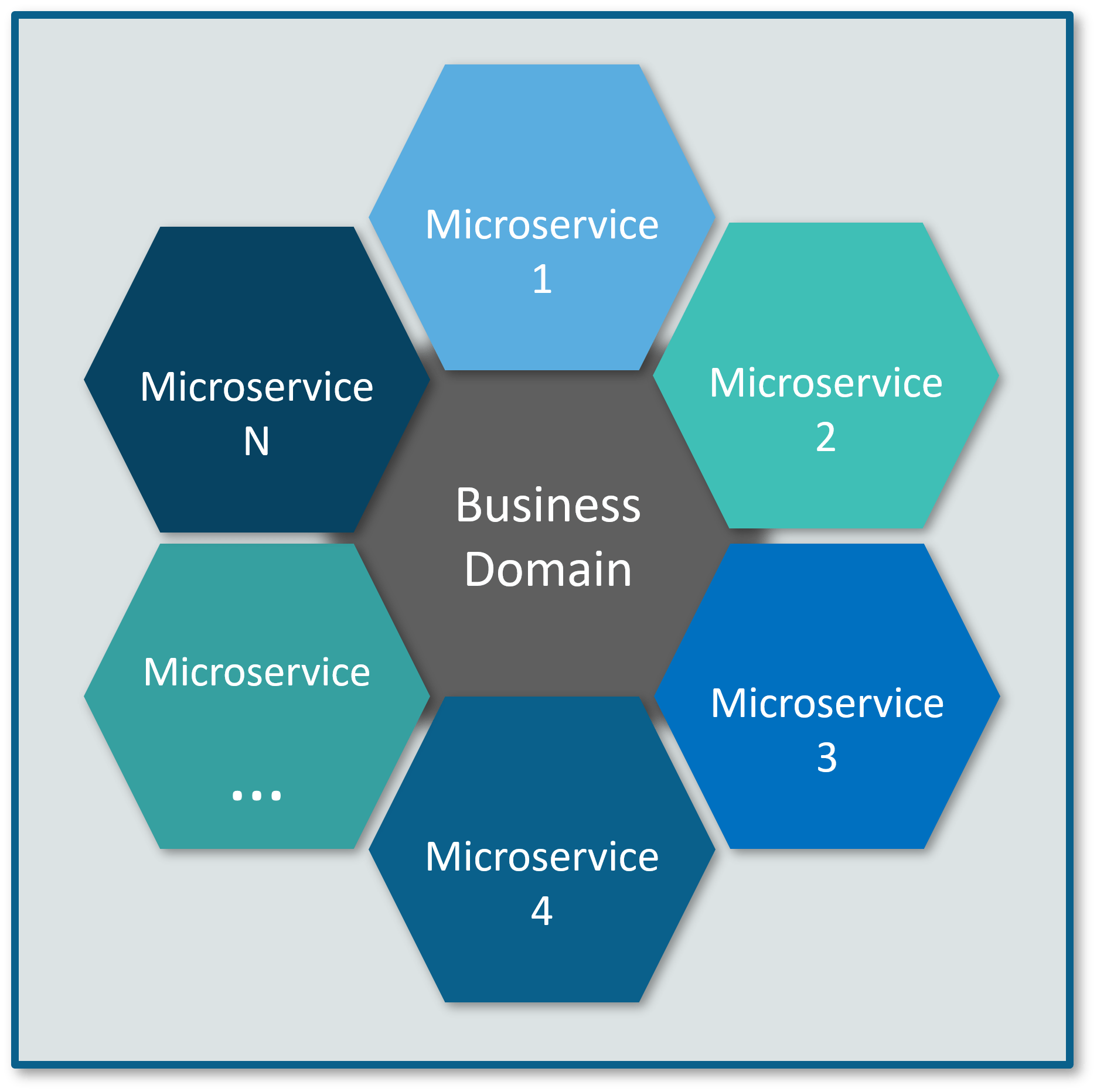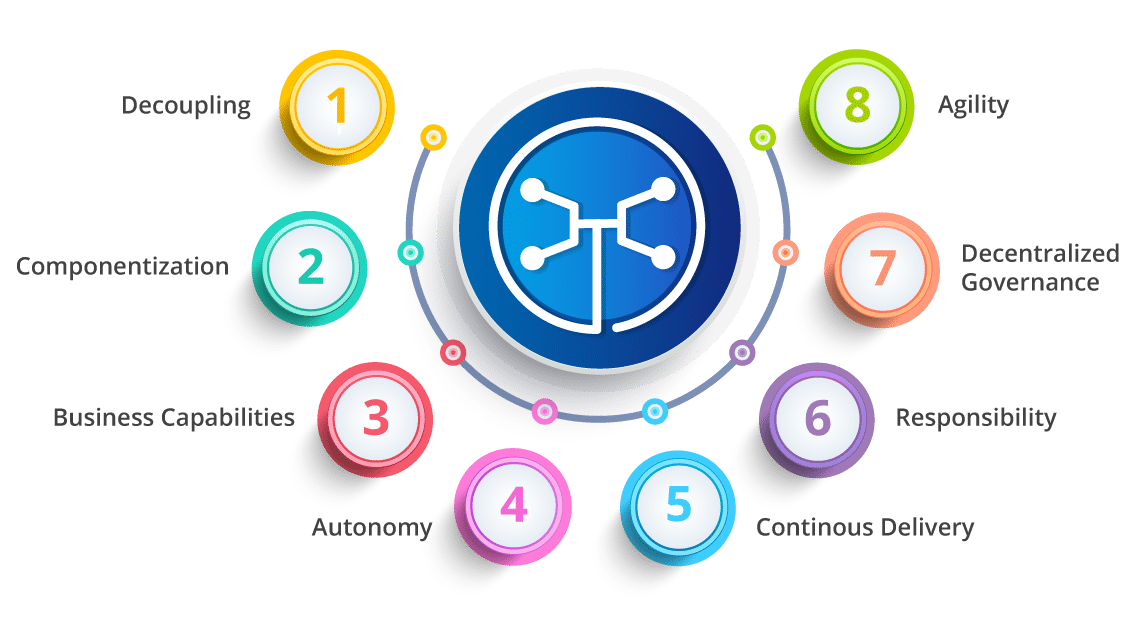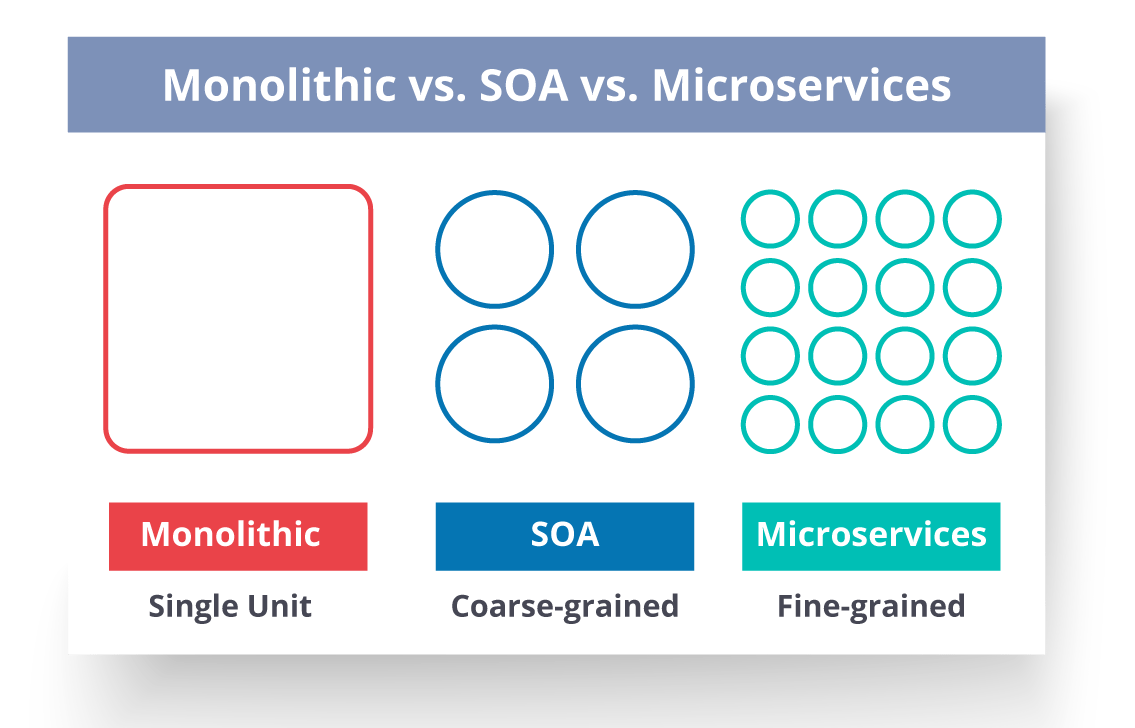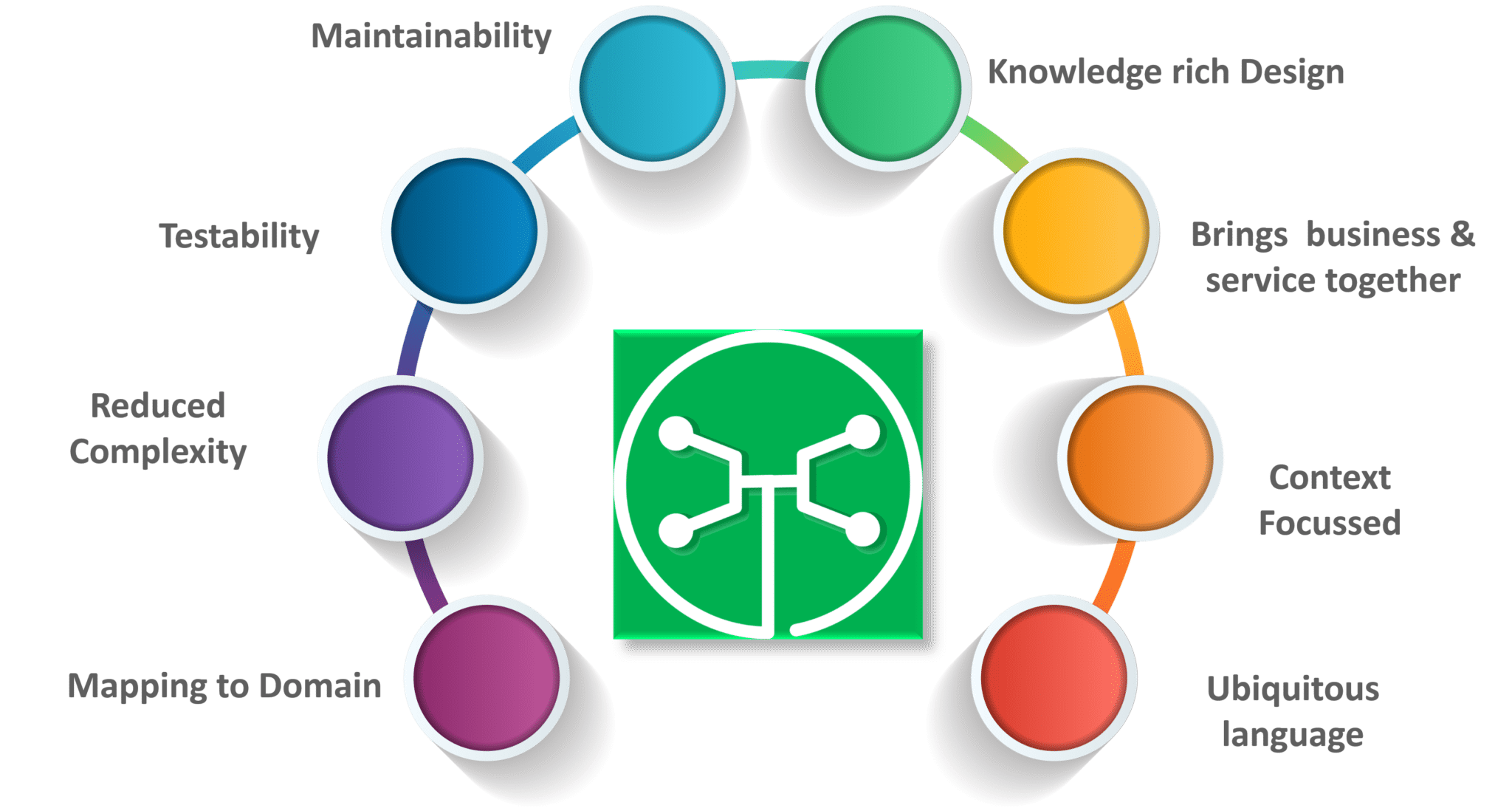Microservices Interview Questions
Top Microservices Interview Questions
According to Gartner, microservices are the new application platform for cloud development. Microservices are deployed and managed independently, and once implemented inside containers they have very little interaction with the underlying OS. So, if you are planning to start your career in Microservices and you wish to know the skills related to it, now is the right time to dive in, when the technology is in its nascent state. Hence, to help you prepare for your interviews, I have come up with a Microservices Interview Questions and Answers blog.
In this Microservices interview questions blog, I have collected the most frequently asked questions by interviewers. These questions are collected after consulting with Microservices Certification Training experts.
In case you have attended any Microservices interview in the recent past, do paste those interview questions in the comments section and we’ll answer them ASAP. You can also comment below if you have any questions in your mind, which you might face in your Microservices interview.
Top Microservices Interview Questions
- List down the advantages of Microservices Architecture.
- What do you know about Microservices?
- What are the features of Microservices?
- What are the best practices to design Microservices?
- How does Microservice Architecture work?
- What are the pros and cons of Microservice Architecture?
- What is the difference between Monolithic, SOA and Microservices Architecture?
- What are the challenges you face while working Microservice Architectures?
- What are the key differences between SOA and Microservices Architecture?
- What are the characteristics of Microservices?
Q1. List down the advantages of Microservices Architecture.
Q2. What do you know about Microservices?
- Microservices, aka Microservice Architecture, is an architectural style that structures an application as a collection of small autonomous services, modeled around a business domain.
- In layman terms, you must have seen how bees build their honeycomb by aligning hexagonal wax cells.
- They initially start with a small section using various materials and continue to build a large beehive out of it.
- These cells form a pattern resulting in a strong structure which holds together a particular section of the beehive.
- Here, each cell is independent of the other but it is also correlated with the other cells.
- This means that damage to one cell does not damage the other cells, so, bees can reconstruct these cells without impacting the complete beehive.

Fig 1: Beehive Representation of Microservices – Microservices Interview Questions
Refer to the above diagram. Here, each hexagonal shape represents an individual service component. Similar to the working of bees, each agile team builds an individual service component with the available frameworks and the chosen technology stack. Just as in a beehive, each service component forms a strong microservice architecture to provide better scalability. Also, issues with each service component can be handled individually by the agile team with no or minimal impact on the entire application.
Q3. What are the features of Microservices?

Fig 3: Features of Microservices – Microservices Interview Questions
- Decoupling – Services within a system are largely decoupled. So the application as a whole can be easily built, altered, and scaled
- Componentization – Microservices are treated as independent components that can be easily replaced and upgraded
- Business Capabilities – Microservices are very simple and focus on a single capability
- Autonomy – Developers and teams can work independently of each other, thus increasing speed
- Continous Delivery – Allows frequent releases of software, through systematic automation of software creation, testing, and approval
- Responsibility – Microservices do not focus on applications as projects. Instead, they treat applications as products for which they are responsible
- Decentralized Governance – The focus is on using the right tool for the right job. That means there is no standardized pattern or any technology pattern. Developers have the freedom to choose the best useful tools to solve their problems
- Agility – Microservices support agile development. Any new feature can be quickly developed and discarded again
Q4. What are the best practices to design Microservices?
The following are the best practices to design microservices:

Fig 4: Best Practices to Design Microservices – Microservices Interview Questions
Q5. How does Microservice Architecture work?
A microservice architecture has the following components:

Fig 5: Architecture of Microservices – Microservices Interview Questions
- Clients – Different users from various devices send requests.
- Identity Providers – Authenticates user or clients identities and issues security tokens.
- API Gateway – Handles client requests.
- Static Content – Houses all the content of the system.
- Management – Balances services on nodes and identifies failures.
- Service Discovery – A guide to find the route of communication between microservices.
- Content Delivery Networks – Distributed network of proxy servers and their data centers.
- Remote Service – Enables the remote access information that resides on a network of IT devices.
Q6. What are the pros and cons of Microservice Architecture?
Q7. What is the difference between Monolithic, SOA, and Microservices Architecture?

Fig 6: Comparison Between Monolithic SOA & Microservices – Microservices Interview Questions
- Monolithic Architecture is similar to a big container wherein all the software components of an application are assembled together and tightly packaged.
- A Service-Oriented Architecture is a collection of services that communicate with each other. The communication can involve either simple data passing or it could involve two or more services coordinating some activity.
- Microservice Architecture is an architectural style that structures an application as a collection of small autonomous services, modeled around a business domain.
Q8. What are the challenges you face while working in Microservice architecture?
Developing a number of smaller microservices sounds easy, but the challenges often faced while developing them are as follows.
- Automate the Components: Difficult to automate because there are a number of smaller components. So for each component, we have to follow the stages of Build, Deploy and, Monitor.
- Perceptibility: Maintaining a large number of components together becomes difficult to deploy, maintain, monitor and identify problems. It requires great perceptibility around all the components.
- Configuration Management: Maintaining the configurations for the components across the various environments becomes tough sometimes.
- Debugging: Difficult to find out each and every service for an error. It is essential to maintain centralized logging and dashboards to debug problems.
Q9. What are the key differences between SOA and Microservices Architecture?
The key differences between SOA and microservices are as follows:
Q10. What are the characteristics of Microservices?
You can list down the characteristics of microservices as follows:

Fig 7: Characteristics of Microservices – Microservices Interview Questions
You may go through this recording of Microservices Interview Questions and Answers where our instructor has explained the topics in a detailed manner with examples that will help you to understand this concept better.
Microservices Interview Questions and Answers in 2022 | Edureka
Q11. What is Domain Driven Design?

Fig 8: Principles of DDD – Microservices Interview Questions
Q12. Why there is a need for Domain Driven Design (DDD)?

Fig 9: Factors Why we need DDD – Microservices Interview Questions
Q13. What is Ubiquitous language?
If you have to define the Ubiquitous Language (UL), then it is a common language used by developers and users of a specific domain through which the domain can be explained easily.
The ubiquitous language has to be crystal clear so that it brings all the team members on the same page and also translates in such a way that a machine can understand.
Q14. What is Cohesion?
The degree to which the elements inside a module belong together is said to be cohesion.
Q15. What is Coupling?
The measure of the strength of the dependencies between components is said to be coupling. A good design is always said to have High Cohesion and Low Coupling.



Comments
Post a Comment